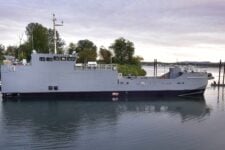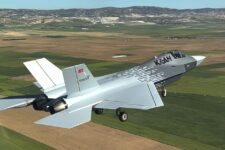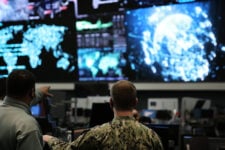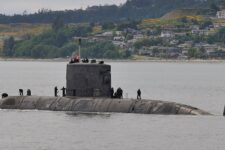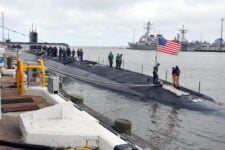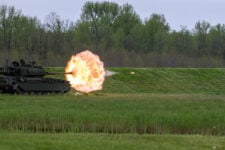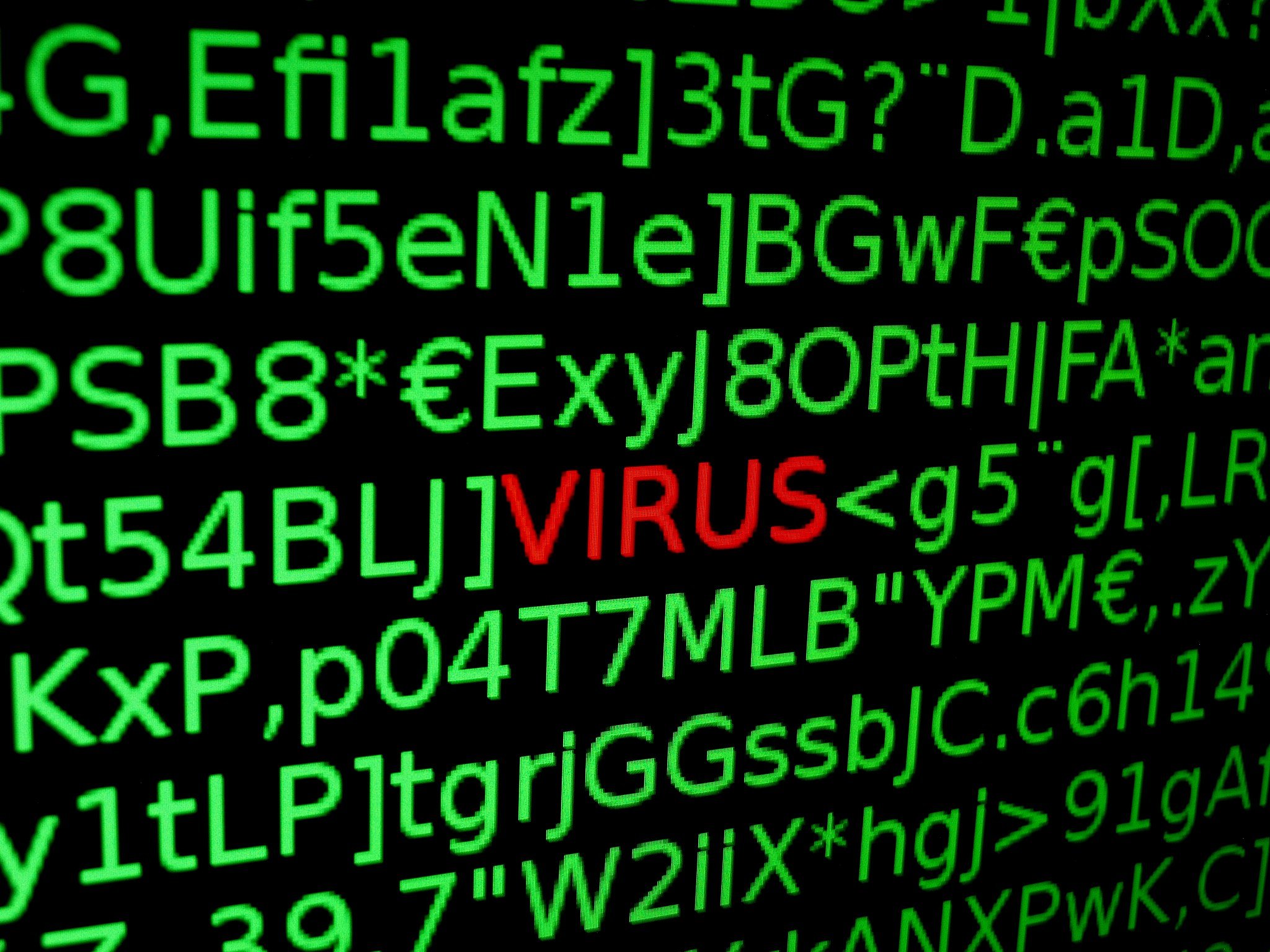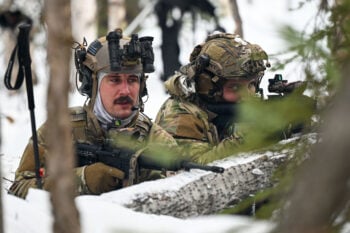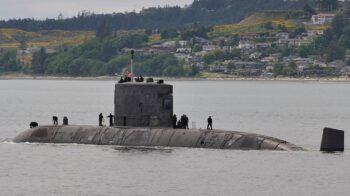

The Security Measures publication focuses on running software, while the Recommended Minimum Standards focuses on developing it.
By Brad D. Williams
“It’s quite possible that if [the government] doesn’t get this right, then none of those companies will want to do business with government,” defense acquisition expert Bill Greenwalt told Breaking Defense. “That’s extremely problematic.”
By Brad D. WilliamsZero-trust security “is not one single product that one can purchase off the shelf,” a NIST scientist observes. But underlying zero trust’s many component parts are a few critical elements, including identity and automation.
By Brad D. Williams
Red Hat Enterprise Linux simplifies development use cases by providing a consistent way to host applications along their life cycle. Explore how easily using RHEL in development translates to a predictable and repeatable security certification and accreditation environment with no surprises when moving to production.
By Rich Lucente and Michael Epley - Red Hat
Designed to help secure the supply chain, CMMC requires the defense industrial base to protect Controlled Unclassified Information.
By Barry Rosenberg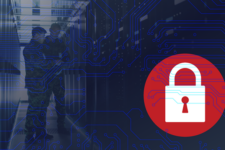
Five Crucial Details You Must Know.
By TOMMY MCDOWELL, GENERAL MANAGER OF CELERIUM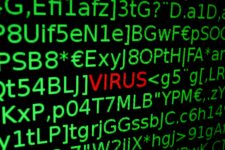
An interconnected ecosystem of primes, subs, suppliers, and partners mean one weak link can bring down the entire chain.
By Barry Rosenberg
House Appropriators add millions of dollars to the National Institute of Standards & Technology’s work on AI, cybersecurity, quantum computing, 3D printing, and 5G telecommunications.
By Theresa Hitchens
The Navy has issued new cybersecurity standards that every unit, office, and contractor had better get to know. Governing everything from business systems to weapons systems to machinery controls, the standards will govern future information technology acquisitions and provide a benchmark for assessing where existing systems fall short. The Navy’s just getting started, too. Last…
By Sydney J. Freedberg Jr.